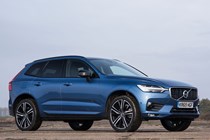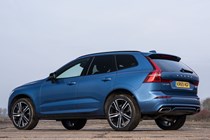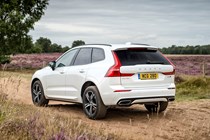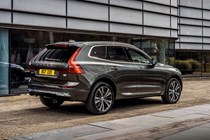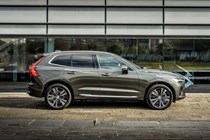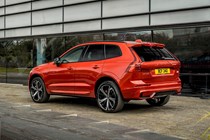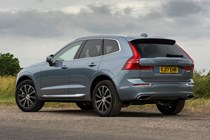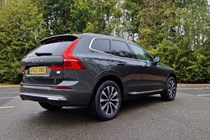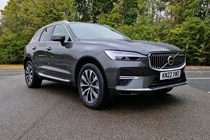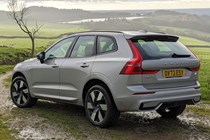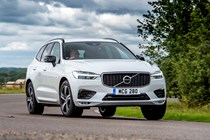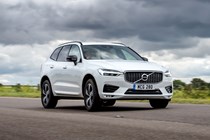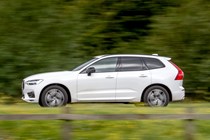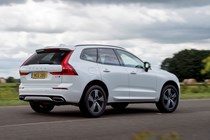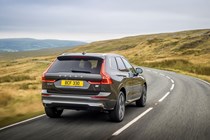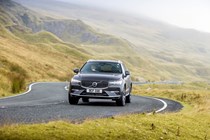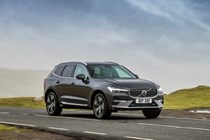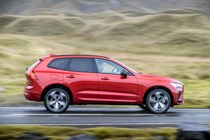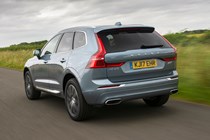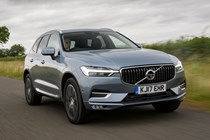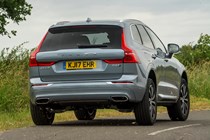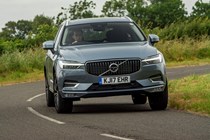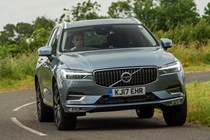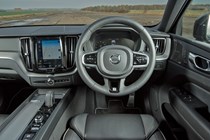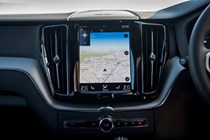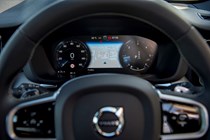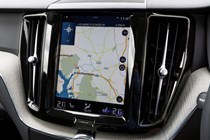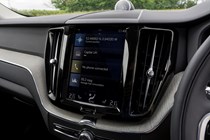
Volvo XC60 running costs and reliability
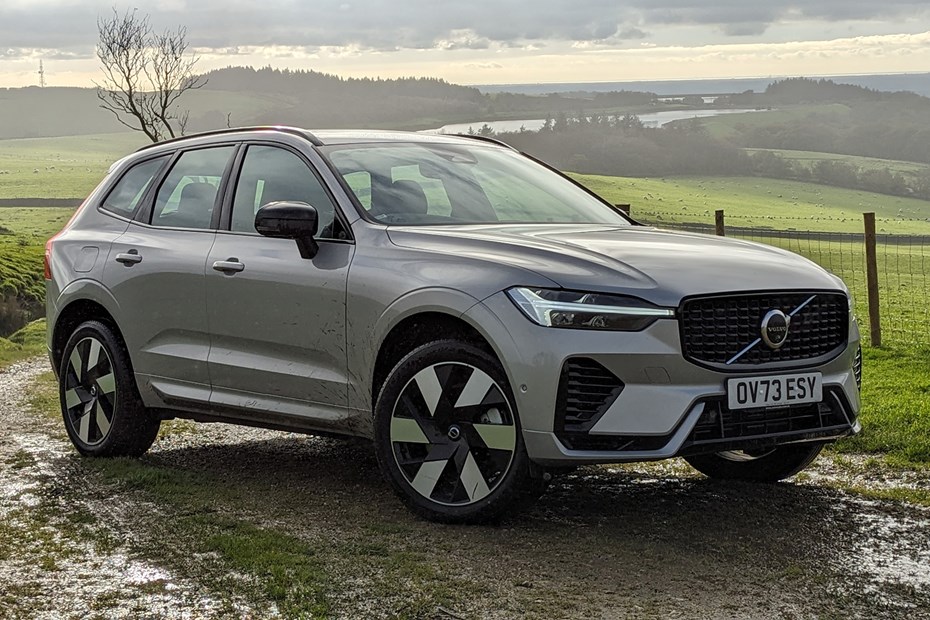
Miles per pound (mpp) ⓘ
| Petrol engines | 4.1 - 5.7 mpp |
|---|---|
| Diesel engines | 4.5 - 6.1 mpp |
| Plug-in hybrid petrol engines * | 12.9 - 18.0 mpp |
Fuel economy ⓘ
| Petrol engines | 28 - 38.6 mpg |
|---|---|
| Diesel engines | 35.3 - 47.9 mpg |
| Plug-in hybrid petrol engines * | 88.2 - 122.8 mpg |
- Recharge models cheapest to run on paper
- Fuel economy not that impressive
- PHEV’s driving range is very useful
What are the running costs?
When it comes to running costs, the majority of the Volvo XC60 range is decidedly average in our experience. This is a heavy vehicle – the lightest version in the 2023 Model Year line-up weighs 1,799kg – they all have automatic gearboxes, and the vast majority are all-wheel drive.
So even though it is an eight-speed automatic, the all-wheel system is pretty smart, and the ordinary engines now feature mild-hybrid technology, you’ll be doing well to get to top 30mpg in one of these in mixed driving. This is reflected in our mpp (miles per pound) figures of between 4.1 - 18.0 for all models.
Which engine you should choose for the best XC60 running costs depends on how and where you do most of your driving. Now there’s no diesel version, the plug-in hybrid (PHEV) variants are the most efficient around town, where you can make best use of their electric-only driving capability.
The larger battery XC60 PHEV models are officially capable of up to 48.5 miles per charge – and deliver wildly high official WLTP fuel economy figures on that basis (more than 281mpg is claimed – and unlikely to be achieved). Such claims only make sense if you’re able to use the electric-only mode as much as possible; if you can do most of your driving on electricity, of course you get huge mpg because you’ll rarely go to the petrol station.
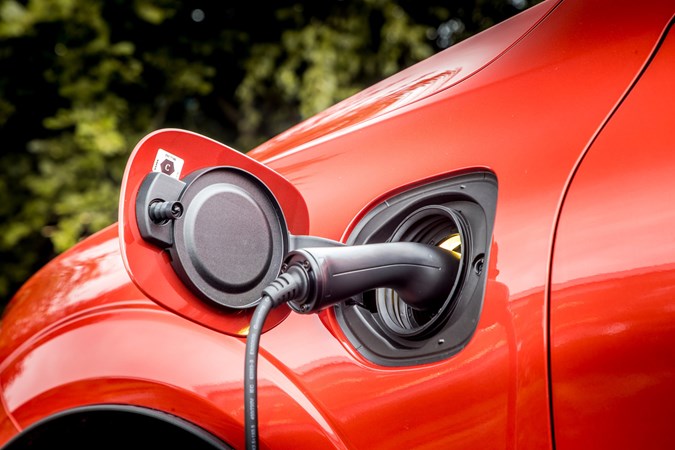
We found the real-world electric range is more like 30-35 miles in total; though you can charge on the go by using the engine to reload the battery, this isn’t especially efficient, so you’re better off plugging in when you can. The XC60 only supports slower AC charging, so the minimum time needed for a full top-up is five hours – eight hours on a less juicy supply.
For reference, in our most recent test of the latest XC60 T6 Recharge plug-in hybrid, average fuel economy was around 38mpg. That was on a mix of plug-charging, car-charging and petrol-only running (using the Hold function that saves the battery for later, such as when it’s best deployed for urban driving) over a number of three-hour trips and shorter journeys. And without being shy of using the car’s considerable full performance for short periods.
And in his long-term test of our XC60 T8, Adam Binnie concluded: ‘There are definite advantages and disadvantages to a PHEV. The battery’s fuel-saving benefits are also not as obvious at a steady 70mph cruise and my long-term average started to slip below 40mpg. The car will eke out the electrons over the course of your trip, and in slow traffic on the outskirts of Leeds, it had enough juice to waft us along in silence.’
Servicing and warranty
The basic service intervals for every version of the Volvo XC60 are once a year or every 10,000 miles – whichever comes sooner.
The basic warranty is for three years or 60,000 miles, which is a bit poor by some modern standards. The major German rivals at least give you unlimited mileage cover over that three-year period. The lithium ion battery pack in the Twin Engine and Recharge plug-in hybrid XC60 models is covered for either eight years or 100,000 miles. You can get Volvo extended warranty coverage at extra cost.
Reliability
- Looks and feels very well-made
- But there have been a number of official safety recalls
- Performs well accord to owners’ reviews on Parkers
Based on the same Scalable Product Architecture (SPA) underpinnings as the larger Volvo XC90, S90 and V90, the XC60 shares its underlying technology with other models. SPA has been in production for a fair number of years now, but while this Volvo certainly feels robust – and scores a healthy four out of five in our XC60 owners’ reviews section – it has been the subject of a number of safety recalls.
Some of these have been for 10s of thousands of vehicles, too, which suggests factory quality control might not be everything it could be. Good news is, you can easily check which recalls any XC60 you’re looking at might have been subject to via the Gov.uk vehicle recalls website; if buying used, make sure you contact your local dealer to find out that any necessary recall work has been completed.
Ongoing running costs
| Road tax | £195 - £620 |
|---|---|
| Insurance group | 31 - 44 |
Get an insurance quote with

|
|



